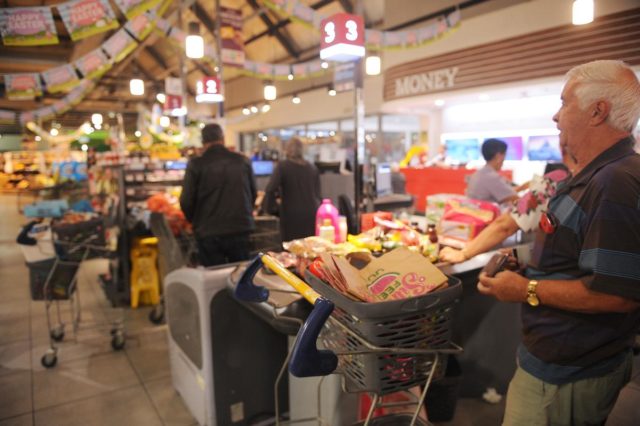CAPE TOWN – Depreciation of the rand and initial panic buying caused some abnormal price inflation at the beginning of lockdown in food commodity and fresh produce markets, but some stability had returned, providing the basis for price reductions being realised in upstream markets.
This was one of the findings of a Competition Commission report on food prices released on Tuesday following complaints to the Commission about food price increases and its efforts to contain excessive pricing on essential foods through the Covid-19 pandemic.
Food constitutes 30 percent of low-income household expenditure and is essential for maintaining a healthy immune system.
“Of the 1 600 complaints received under the excessive pricing and consumer protection regulations by the end of June, 307 (19 percent) related to basic food products in retail stores.”
At the beginning of the lockdown, the impact of rand depreciation and panic buying had been exacerbated in some cases by markets not functioning efficiently, in addition to instances of price gouging by retailers, the commission said yesterday.
For instance, it was found the lack of liquidity in smaller fresh produce markets made them vulnerable to larger price movements and “possible manipulation by agents”.
Some food suppliers and retailers were prone to increasing prices based on higher cost announcements, but before the higher-cost stock reached their shelves.
The report found that some of the initial cost justifications for some food price increases in retail stores no longer existed and consumers should be seeing price reductions coming through from food companies and retailers.
“However, the experience in the past is that food prices are quick to go up and slow to come down, another market feature that needs to be corrected,” the commission said.
The monitoring of how food markets had responded to the crisis had also exposed some underlying features that warranted further investigation, the commission said. Among these was the big disparity between food market prices and retail prices that raised questions about the distribution of risk and profits in the value chain.
Farmers appeared to be exposed to almost all the price movement risk but most of the profits lay with agents, distributors, food companies and retailers.
The commission was also concerned about some high mark-ups it had seen for fresh produce and essential foodstuffs in some retail stores before and after the crisis. This, it said, was potentially related to exclusive leases that had been prevalent in the retail industry and which the commission was looking to end through voluntary settlement or otherwise litigation.
The commission was expecting the price of rice and wheat products to decline at retail level in the next few months as new stock came in at better prices.
On maize products, the commission believed that lower prices were imminent.
BUSINESS REPORT








